Most off-page SEO has to do with just one activity — link building.
When Google sees a piece of content getting links for a particular keyword, it knows that the content MUST be good and relevant for that keyword. So it, ranks that content in the top SERPs for those keywords.
Google’s ranking algorithm uses links to determine a page’s rank. 99.2% of sites that show up on the top search results have at least one external link.
While most of the top results have at least one backlink, most have hundreds of thousands of backlinks.
The followings chart shows the number of backlinks for the top thirty Google search results. As you can see, the first 10 results have significantly higher backlinks than the others.
In his report of Google’s ranking algorithm factors, Backlinko’s Brain Dean identifies about 15 external link factors.
I’m sure that you’re now even more clear about the influence of backlinks on your SEO. Along with their SEO value, backlinks also help you to get more traffic and exposure.
But, building links isn’t as straightforward as it used to be (like 5 or 10 years ago).
Why?
Well… because everyone is trying hard. But, not all succeed at link building. In fact, most fail.
Brian had a success rate of 11%, when he tried the Skyscraper technique. For my link building outreach emails, I’ve seen conversion rates between 6-7% (and up to 11%).
Most efforts won’t see such numbers because, like I said, it’s a lot harder to get backlinks now. On top of that, you might be doing it wrong. If your content doesn’t attract links, here are the top 5 things you should analyze and fix.
1. Your content is not on the mark
You have failed to create a “linkable asset”.
A “linkable” asset is one that’s so awesome that people want to link to it. Creating a linkable asset is at the core of all link-building strategies and outreach efforts.
If people don’t link to your content or if all of your backlink emails get ignored, the biggest reason could be that you’ve failed to create something worth a backlink.
But, if you’re ready to put in the effort, this one won’t be too hard to rectify.
To create linkable content – first, you need to choose a topic that’s popular and has the potential of earning links, i.e., you need to look for a linkable topic.
Second, you need to create something that’s better than the existing content with the most backlinks on that topic.
For the first step, you will need a tool, like BuzzSumo or Ahrefs. These tools will help you identify the most popular topics in your domain, those that have received the most backlinks.
Let’s see how to choose a linkable topic using Ahrefs.
(Ahrefs plans start at $99, but there’s a two-week free trial.)
Once you sign up, enter a broad keyword that you’re considering. Or, just type in the name of your niche.
For example, if you’re looking to build a linkable asset around content curation, just type in “content curation” and hit search. Ahrefs will then pull together the most popular content around your topic.
Here’s what I found, when I did the search:
As you can see in the above screenshot, content curation is a topic that gets a lot of backlinks so, yes, this topic qualifies for a linkable asset.
For the second step of developing something better than the content with the most backlinks, use the following tactics:
Tactic #1: Update
If you notice the above screenshot, the first thing that will strike you is that the content with the most backlinks is old. It’s either from early 2014, or, as it is with the top result, 2011.
So, yes, if you could update this content by adding updated, advanced tactics and tools, you could go to the sites that are linking to these resources and say, “Hey, I wrote something better and more updated on this topic – mind checking it out?”
Now, for someone who’s linking to a post that’s years old, they might be interested in checking out what you’ve got to offer.
Tactic #2: Write longer
If you notice that the content with the highest backlinks isn’t outdated, look for its length and depth. Once you get an idea about how those sites have covered the topic, you just need to go deeper in your post.
When you’re targeting list posts, this is somewhat easier, because if a post with “10 tips to do something” has the most backlinks for a topic, you can write one with “50 better ways to do it” and steal all of the backlinks.
Tactic #3: Give a unique spin
Giving a post a unique spin needs more insight into the topic.
For example, you can give your content curation post a transparency spin, by showing your readers how you did content curation and the results that you got.
This way, you ensure that your content has a UNIQUE ANGLE that no other blog can give it. People will also trust you a little more when you share your results.
Groove has taken a lot of common topics and given them a unique “transparency” spin.
Take their influencer outreach post, for example. The topic “influencer outreach” has been discussed multiple times, however, the way Groove covered it made it better than most of the existing content around that topic.
Tactic #4: Use a data-backed approach
Another great way of polishing existing content is to back it up with data. So, if you can look for the latest stats, studies and surveys around a topic, you can make the existing content better.
For our content curation example, you could look for the latest stats and case studies for content curation and easily improve upon the existing content.
A simple Google search will give you the latest data for this step.
Tactic #5: Use great graphics
You already know the importance of graphics in blog posts. They break up the text content and make it more readable. Images boost social shares, too.
Because they improve the engagement value of content, images are an excellent means to create a better version of any content.
When you use images to upgrade existing content, make sure that you use a healthy mix of images: stock photos, graphs, screenshots, charts and custom images.
You could even create an infographic from the updated stats you collected in the above step and use the infographic content format to reach out to the blogs for backlinks. Infographics are one of the most popular content formats for backlinks.
Bonus tactic: Make it reader-friendly
Writing better content is not the only way to outperform an existing piece of content. Sometimes the answer can lie in something as simple as presentation.
If you realize that a piece of content you’re trying to outdo is great, but is formatted and presented rather badly, you can rewrite it with your insights and format it better
Brian suggests that you should make your content better on every front:
Important Note: I recommend that you beat the existing content on every level: length, design, current information etc.
Other than these, you can also use tips from Rand Fishkin’s 10X formula for creating better content.
The next time that you approach a site with a backlink request, make sure that you’re offering something that’s better than the resource that the target blog recommends. It can be more in-depth, more engaging and/or more visually appealing. Whatever it is, it just has to be better.
2. You don’t try (enough)
“Write it and people will link to it.” If this is how you approach links, I’m afraid your content will not get any backlinks (unless you’ve reached a point where you “earn” links because of your authority status).
The thing is this: You don’t get backlinks without trying.
It’s almost impossible that a big blog will stumble upon your site, read your best post and link to it.
It has to be YOU who reaches out to that BIG blog and tells them about the incredible content you’ve just published. One of the best techniques you could try is the Skyscraper technique.
It’s a three-step technique:
Step #1: Find linkable content topics
Step #2: Create something better than the best content on those topics
Step #3: Reach out to all of the sites that link to the original content and seek backlinks.
While the Skyscraper technique is one of the most effective link building techniques (in most niches), there is a little improvement that you can make on it and get even better results. (I’ve shared that in the 4th point.)
But for now, all that I need you to know is that you’ve got to try to get links and the Skyscraper technique is a great starting point.
3. You request the wrong blogs
Sometimes your link building efforts could be misplaced. It could be that you created a great linkable asset and tried for backlinks, but still failed. Sometimes, in such cases, the real reason for poor response could be that you requested links from the wrong blogs.
The next time that you reach out to a blog for links, make sure that they pass through the following 3-point checklist:
1. Are in the same niche as you
Choosing blogs in your niche is important for a few reasons:
- They’re more likely to link to you
When a blog is in your niche, it will be more willing to give you a backlink, because your content will be either directly or in a very strong way related to what it offers to its readers.
For example, if you have a content marketing blog, then sites like the Ahrefs, ContentMarketingInstitute and more will be good sites to request backlinks from, because they’re in the same niche as you.
But, if you reach out to food blogs, your emails will be ignored.
- You stay safe from Google penalties
Another reason that you’ll only want to get backlinks from related sites is that it will keep you safe from Google penalties. Google penalizes sites that have incoming backlinks from unrelated domains.
Besides, if a link is from a site in your niche, it will likely have more value as it will bring a more targeted audience than a randomly placed backlink.
2. Are interested in your topic
Everyone would like to have backlinks from high authority sites like Lifehacker, Forbes or Entrepreneur.
The problem with approaching such sites is that, most of the time, they might just not be into your topic. And so, no matter how great your post is, you won’t hear back.
Before you send a backlink request email, make sure that the target blog is interested in what you’ve got to offer.
3. Are open to linking to third-party sites (ideally have already linked to a similar post)
Before sending your link request email, make sure that the target site has given backlinks to related topics.
The logic is simple: if a site has linked to a similar resource in the past, it might be interested in your content, too.
When you use the right tools for finding the target blogs, you’ll do reasonably well in this step, because tools like Ahrefs will do the heavy lifting and give you the full list of sites that have linked back to the topic you’re looking to cover.
This way, you’ll know that the blogs you reach out to tick all of the above boxes.
Note that some sites make it clear that they don’t give backlinks. Avoid such sites since you won’t probably hear back.
4. Your way of asking for links is flawed
Because most of the top blogs and influencers in any niche are constantly bombarded with link request emails, getting noticed becomes difficult. Your link request email looks like one of the many link request emails that a popular blog gets every day.
Chances are that … like most of the other emails that the blog gets, your email, too, WILL be trashed. This won’t be because you requested that the site link to poor content, but because there was nothing special about your email request approach.
But, there is a solution to the problem:
Instead of going through the following 3-step link building process:
- Create something linkworthy (that beats the most-linked resource on the topic)
- Find blogs/sites that link to the original linkworthy post
- Send link request emails
… go for a 4-step link building process:
- Create something linkworthy (that beats the most-linked resource on the topic)
- Find blogs/sites that link to the original linkworthy post
- WARM UP THE TARGET BLOGS (or engage with them)
- Send link request emails
Groove created momentum around their initial content by getting influencers to promote it. They got the influencers to share their content by warming them up before requesting the favor.
They have even built an engagement checklist that they use to engage the target blogs, before reaching out to them.
This approach is almost guaranteed to work because, according to Cialdini, the author of the bestseller—Influence – the Principles of Psychology— people love to reciprocate good gestures.
If you engage an influencer, before asking for a link or share, you’re much more likely to get it, when compared to sending cold pitches.
5. Your request email is ineffective
If you feel that you’re doing all of the above things right and still aren’t seeing any results, then the problem probably lies with your outreach email.
The most common reasons that outreach emails fail is when they sound like a template and lack credibility. I’ve written about how to avoid these common mistakes in outreach emails in this post and you can find some ready-to-use email outreach templates here.
Sometimes, bloggers do make the effort to personalize their outreach emails, but they overdo it and end up writing emails that are so long that they stop being effective. Since popular blogs get a lot of these emails, it’s best to keep them short.
When you follow the above tactic of warming up a blog, before requesting a backlink, you’ll be able to write a much warmer email, because you would have found out more about the target blog through your engagement.
These insights will naturally reflect in your outreach email and the target blog, too, will note it.
Conclusion
Email outreach is one of the best ways to get backlinks. But, to be successful, you’ll have to personalize your efforts. Just creating linkworthy content is not enough. Template emails will also just take you just so far.
But, it all starts with creating great content. Use length, a unique spin, data and visual assets to create something that a blog’s readers will want to see.
What’s your success rate with backlinks using email outreach? And have any of the above reasons ever cost you backlinks?

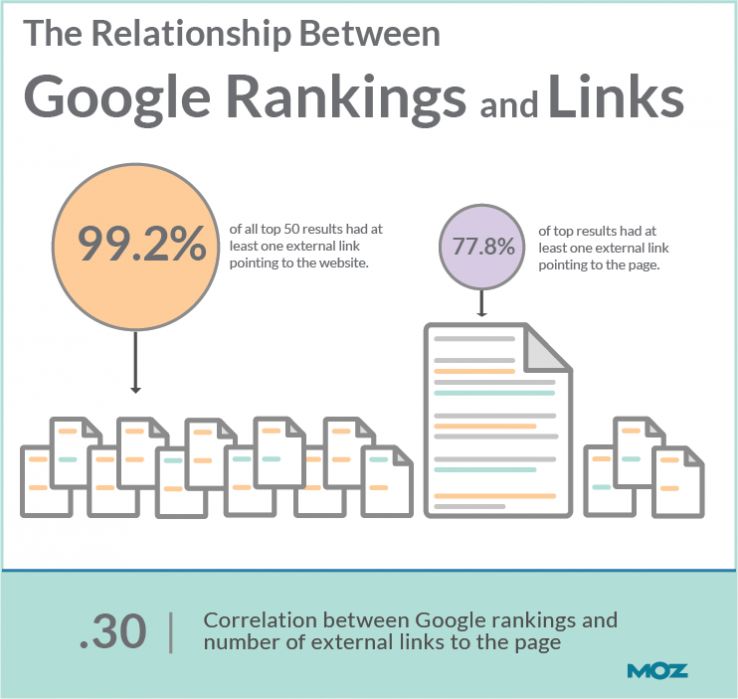
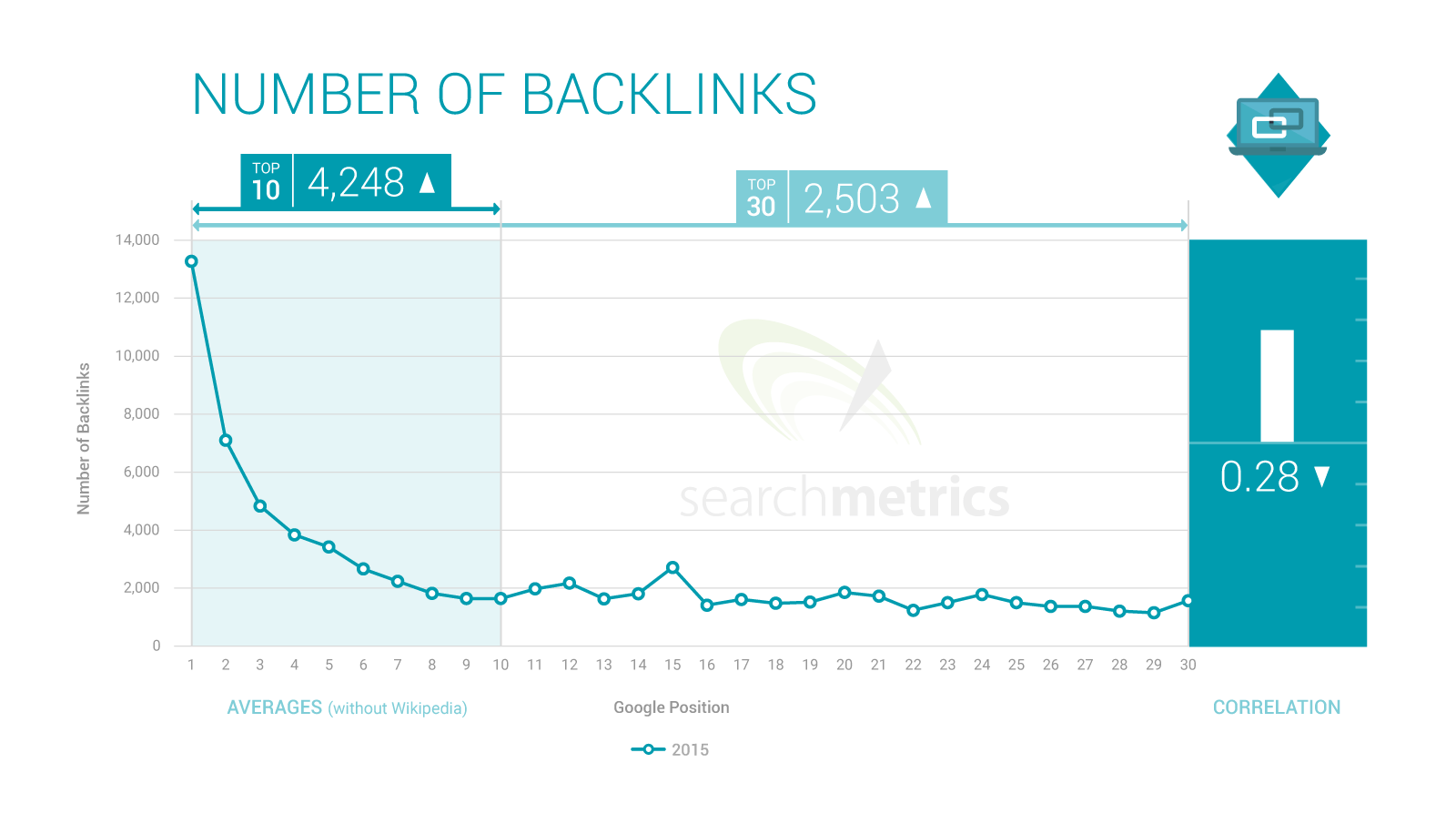
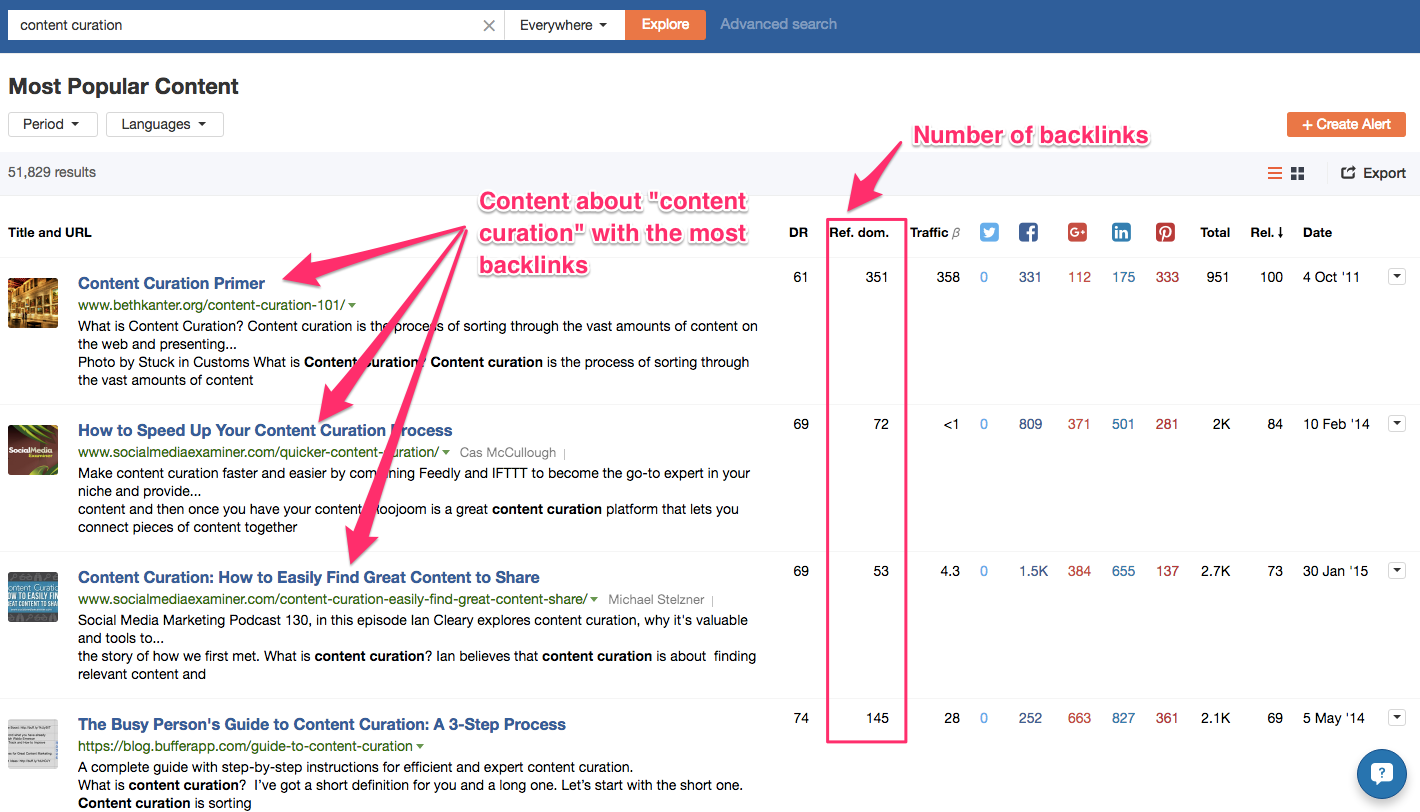
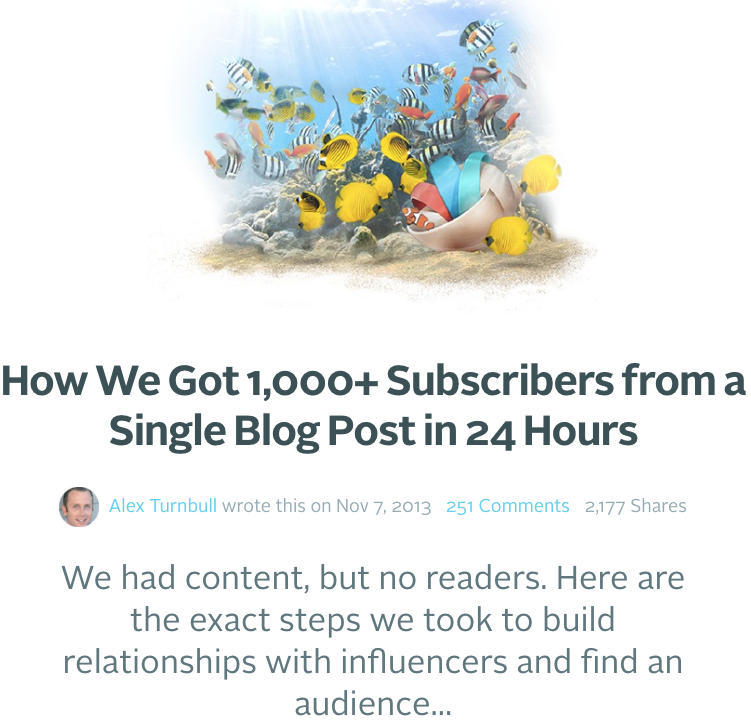
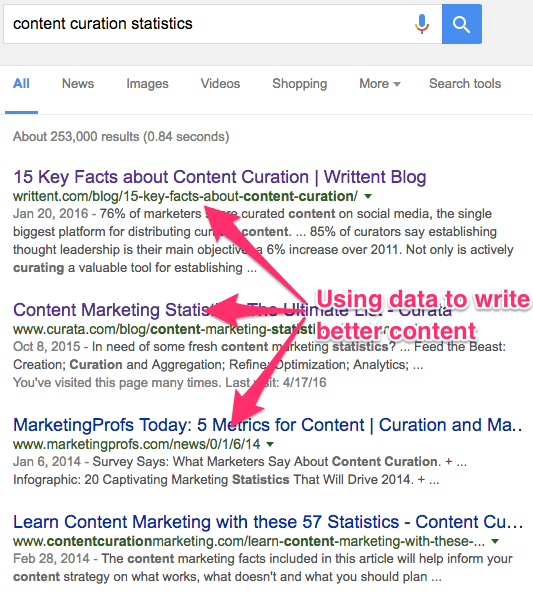
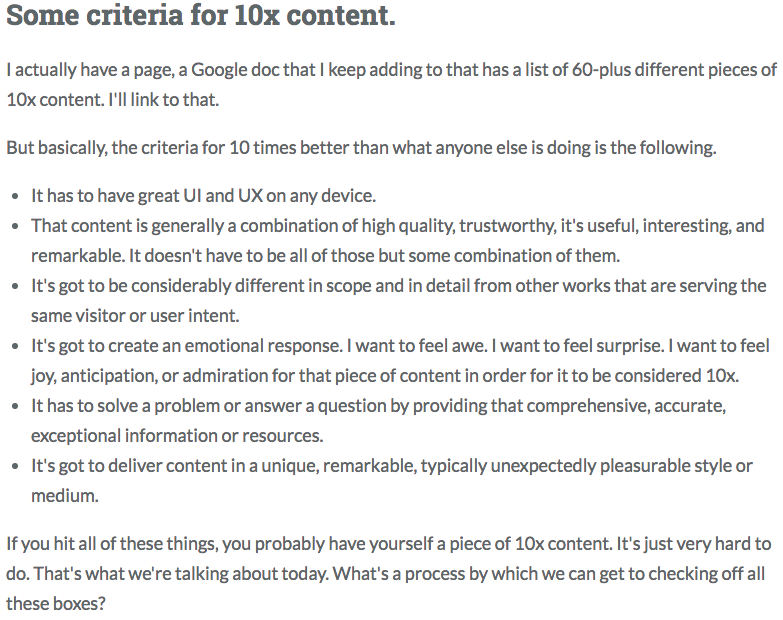
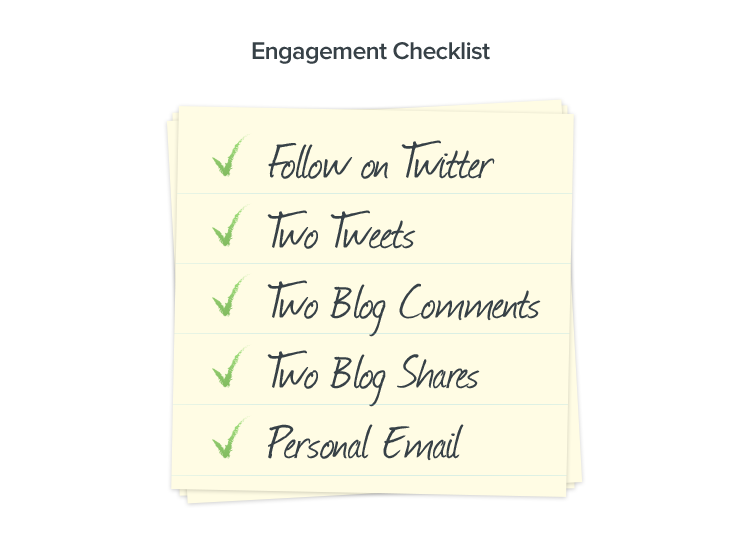
Comments (65)